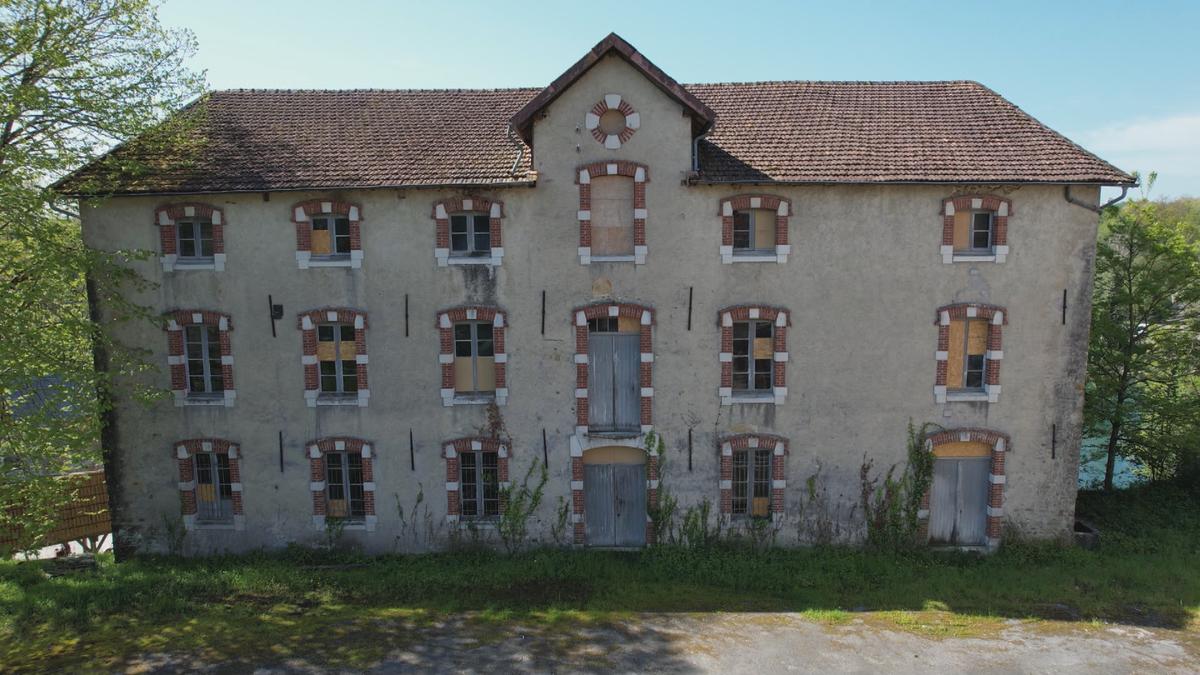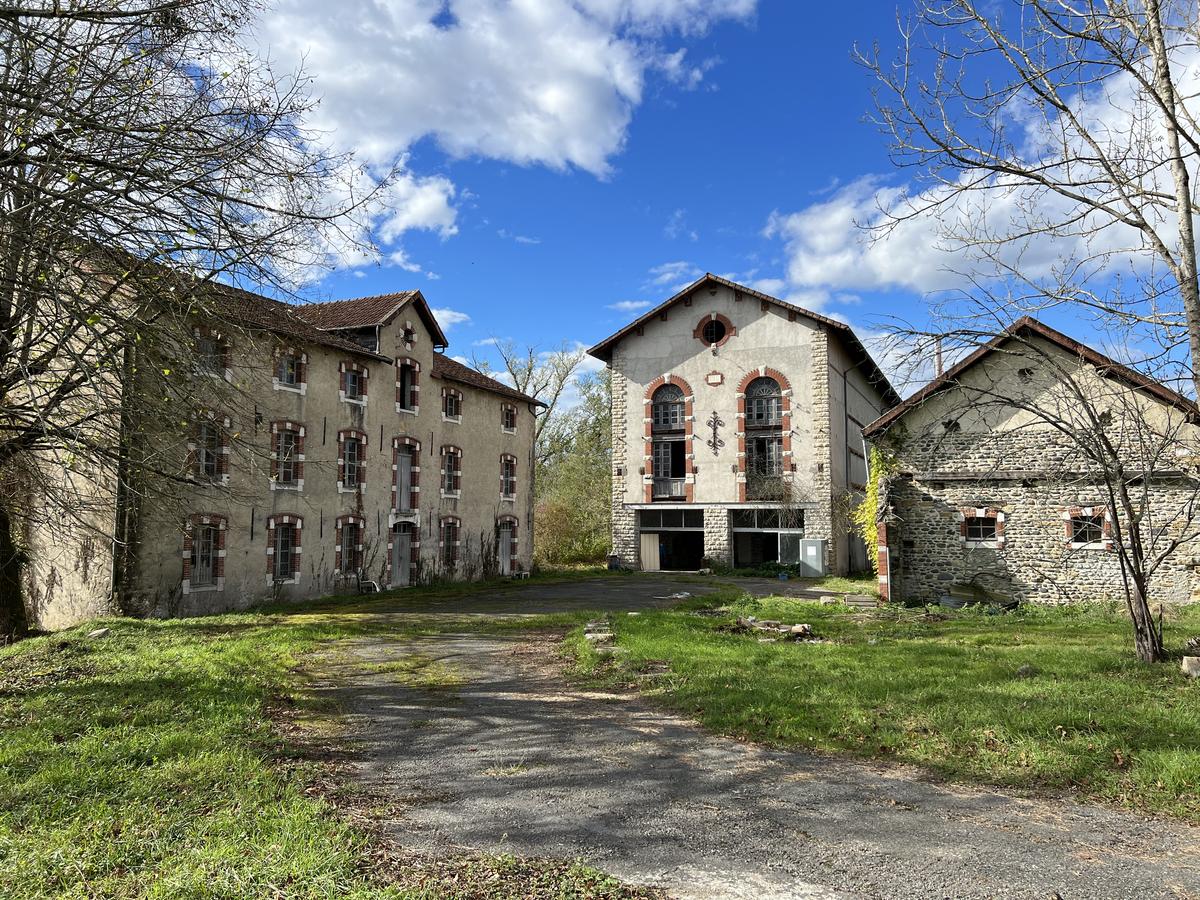DFrom the desire to invest in real estate to the purchase of a mill, it is only one step for Delphine Saint-Quentin and her partner Pierre Meauzé. The two have already shaped a participatory and ecological habitat by creating an eco-place in the Basque Country.
Looking for a property to renovate in the region, the forty-year-old couple fell in love with the old Navarrenx mill: a 19th-century building.And AND…
DFrom the desire to invest in real estate to the purchase of a mill, it is only one step for Delphine Saint-Quentin and her partner Pierre Meauzé. The two have already shaped a participatory and ecological habitat by creating an eco-place in the Basque Country.
Looking for a property to renovate in the region, the forty-year-old couple fell in love with the old Navarrenx mill: a 19th-century building.And century on the banks of the Gave d’Oloron, where traces of the industrial activities that stopped there in the 1960s are still visible.
Modern that respects history
By purchasing it in May 2022, ten years after it was put up for sale, the idea is to “transform and revive” these 1,900 m2 of buildings and its 8,500 m2 of land by offering a place of welcome, socialization and services in the heart of nature.
A project for which the entrepreneurial couple surrounded themselves with the collective of architects Encore and their vision “as close as possible to what buildings, the environment and biodiversity tell us”, so as not to distort this historic building protected by the architects of buildings of France.
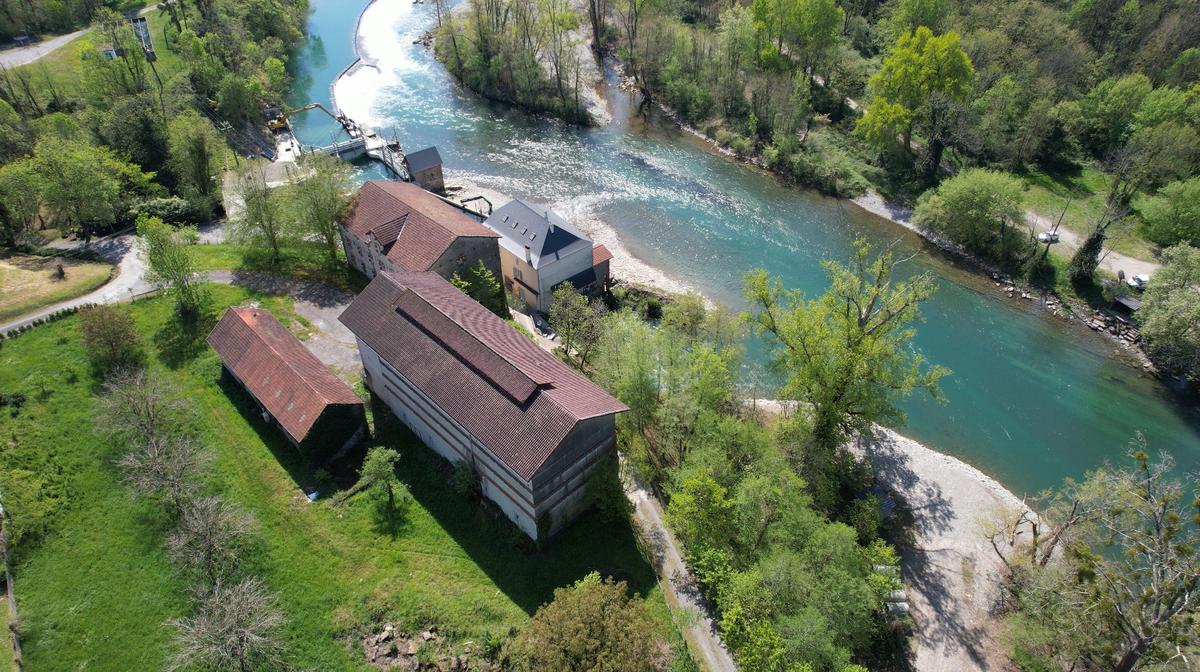
The original Masseys mill building will thus house a third place, a coworking space, a café and a community restaurant, as well as a public square. As for the silo and stables, there will be seventeen homes, with shared spaces such as gardens and terraces, a laundry and a vegetable garden.
Closer to what buildings, the environment and biodiversity tell us
To give a second life to these wastelands, the owners are counting on eighteen months of work, because it is necessary to remove asbestos or recreate floors, but also openings. This is the case of the silo, a blind building of which “they will open the walls from top to bottom, from north to south, to restore access to light and the view of the Pyrenees and allow natural ventilation”, explains Delphine Saint-Quentin.
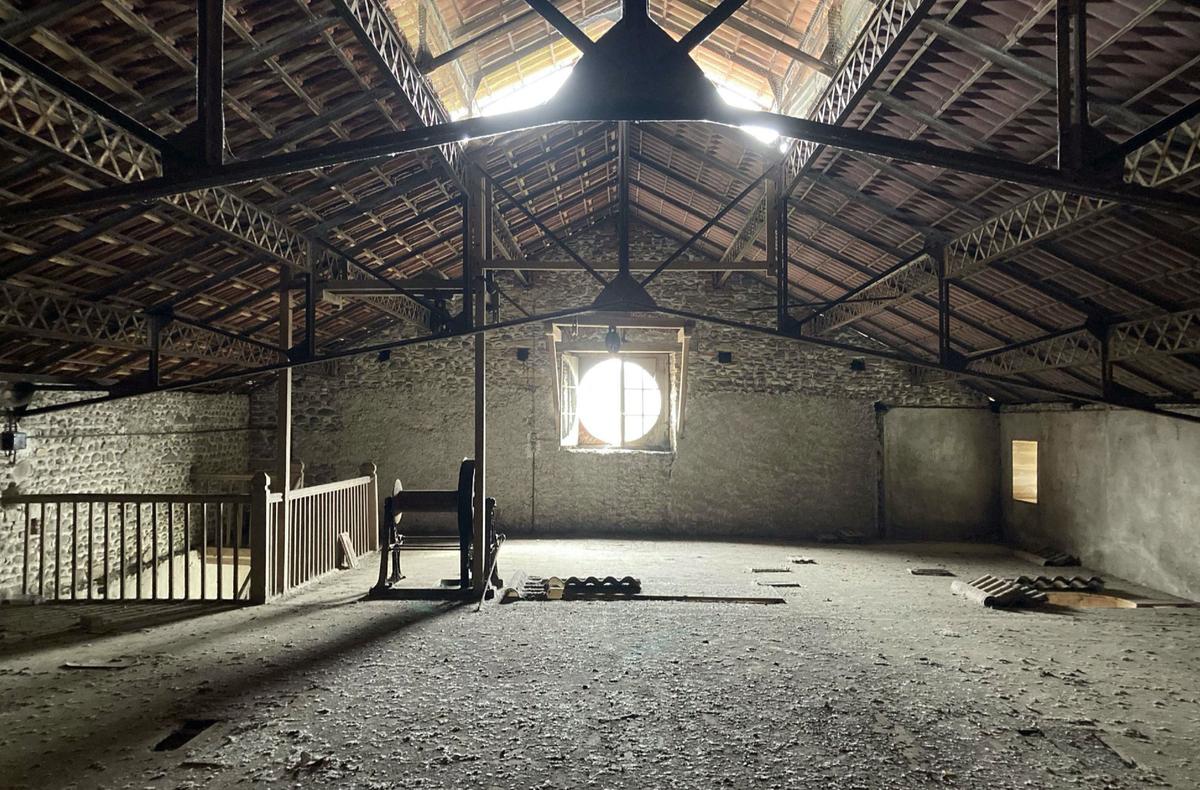
Private initiative of public utility
The construction site favors local materials, of biological origin or reused, to meet the challenges of tomorrow’s housing. An ecological but also popular approach, with a third of the project dedicated to social housing, and especially to small areas, from studios to three-room apartments, in accordance with the housing needs of the city of 1,000 inhabitants.
The owners, who during this project discover the work of project owners, do not have the ambition to become real estate agents. The management of the seventeen accommodations will be delegated to the rental brokerage, but the idea of putting their boxes in accommodations between history and nature is not right. It is about “creating a collective that invests, embodies the project on a daily basis and makes it evolve with the territory”, explains Delphine Saint-Quentin.
A collective that embodies the project and makes it evolve with the territory
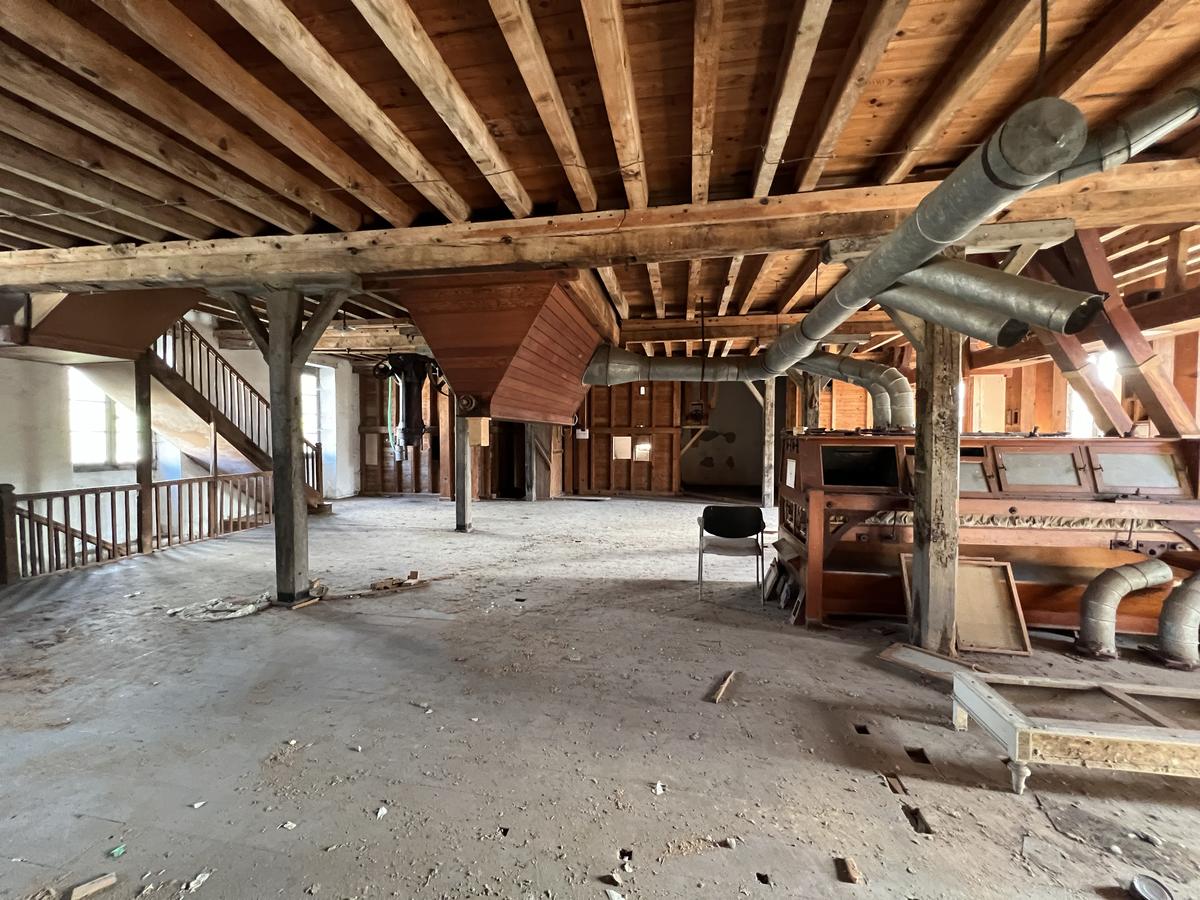
For the moment, the profiles of future residents are “Béarnais in their twenties, who left to study and whose project values drive them to return to the area”, but also “seniors who want to keep a home with natural outdoor surfaces, but whose house is too big.” Meetings will be organized in the fall with potential “future residents, project leaders and associations who want to participate in the dynamics of the third place”, as well as with a “restaurateur who works with fresh, local, seasonal and organic products”.
The work will begin in these hours, after an information meeting on the progress with the neighbors of the Mill, who “need to be reassured in the face of the fear of polluting their stable neighborhood with this factory closed for years”. “Decades”, confides Delphine Saint-Quentin.
